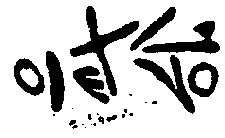Inscription on one of the Mechanicsberg Stones

Back in the 1940s, Dr. W.W. Strong assembled about 400 inscribed stones from Pennsylvania's Susquehanna Valley. Called the Mechanicsburg Stones, they seemed to bear Phoenician characters -- at least Strong interpreted them as such. Naturally, Strong was ridiculed, for the Columbus-first dogma was dominant then. More recently, however, B. Fell claimed that the Mechanicsburg Stones are the work of Basque settlers circa 600 BC. The Basque theory has fared no better than the Phoenician. Now, a noted authority on the Basque language, Imanol Agire, has strongly supported Fell's conclusion that ancient Basques carved the stones.
http://www.science-frontiers.com/sf015/sf015p01.htm

Back in the 1940s, Dr. W.W. Strong assembled about 400 inscribed stones from Pennsylvania's Susquehanna Valley. Called the Mechanicsburg Stones, they seemed to bear Phoenician characters -- at least Strong interpreted them as such. Naturally, Strong was ridiculed, for the Columbus-first dogma was dominant then. More recently, however, B. Fell claimed that the Mechanicsburg Stones are the work of Basque settlers circa 600 BC. The Basque theory has fared no better than the Phoenician. Now, a noted authority on the Basque language, Imanol Agire, has strongly supported Fell's conclusion that ancient Basques carved the stones.
http://www.science-frontiers.com/sf015/sf015p01.htm









